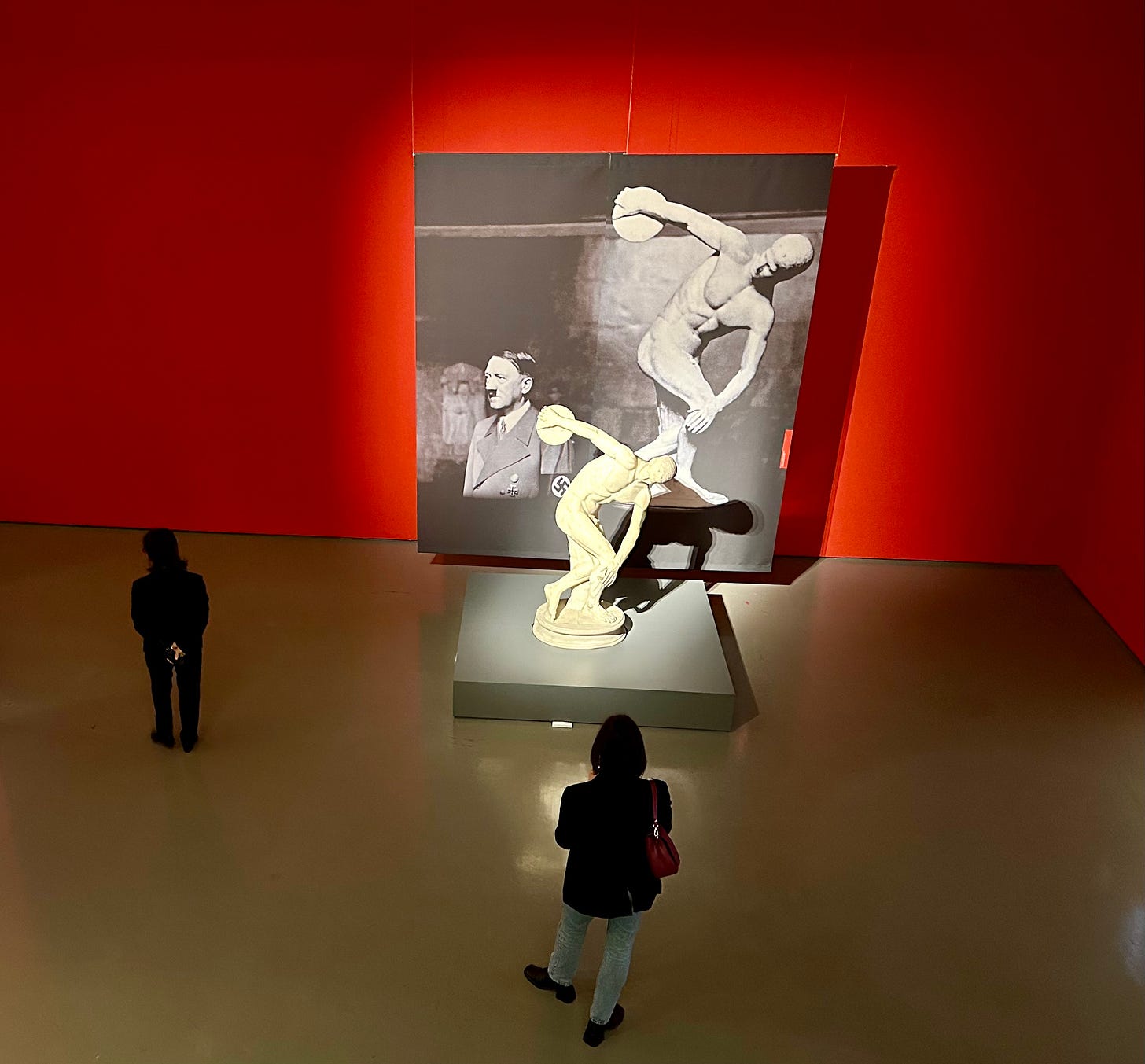Arte Liberata 1937-1947: Masterpieces Saved from War.
Thoughts on an exhibition at the Scuderie del Quirinale until 10 April.
The current exhibition at the Scuderie del Quirinale (a space which puts on consistently world class shows) is Arte Liberata 1937-1947. It concerns itself with the extraordinary endeavours undertaken to save Italian art from both Nazi looting and Allied bombardment during the Second World War.

From the forging of the axis between Rome and Berlin in 1936, Hitler and Göring were extremely keen on collecting works of Italian art. It transpired that the Germanic Übermensch had a bit of a chip on their shoulder when it came to ancient art and Renaissance painting: Italians, it turned out, did do it better. Hitler had his architect Albert Speer plan a vast Führermuseum at Linz on the Danube, the city where he had spent his childhood. It was to display thousands of pieces which were initially bought for risible sums, and then subsequently simply removed with force.

The person charged with “acquiring” these works of art in the first instance was Philipp, Landgrave of Hesse. Somewhat improbably schooled at genteel Bexhill-on-Sea, Philipp was an SS officer. He was also a great-grandson of Queen Victoria, was said to have been a lover of Siegfried Sassoon, and was the husband of Mafalda of Savoy, daughter of King Victor Emanuel III. In 1922 it had been Victor Emanuel III who had appointed Mussolini as Prime Minister, in place of the elected incumbent Luigi Facta, rather than declare a state of siege following the March on Rome.
Keep reading with a 7-day free trial
Subscribe to Understanding Rome's Newsletter to keep reading this post and get 7 days of free access to the full post archives.



